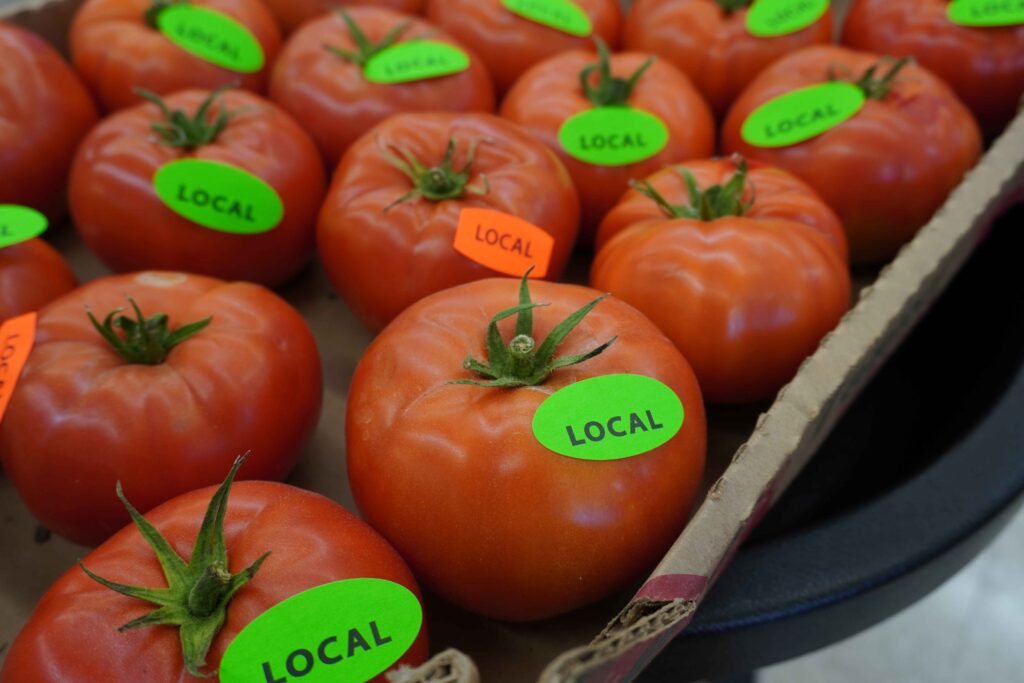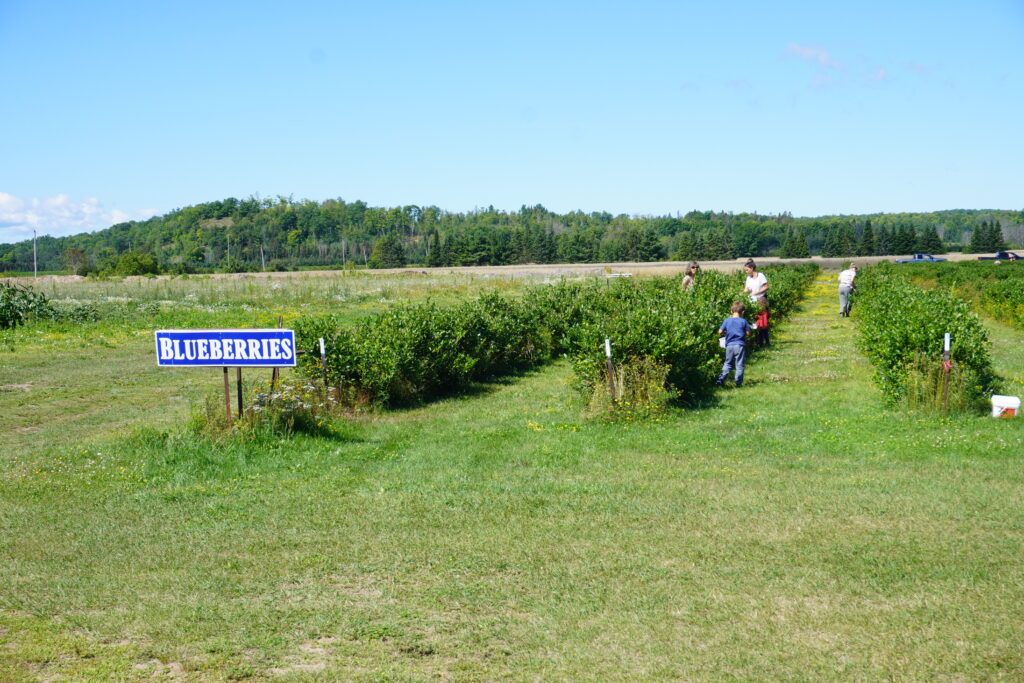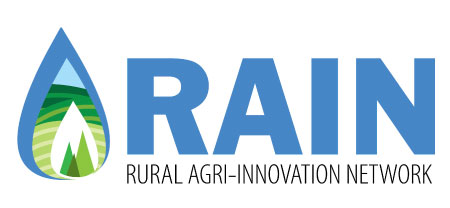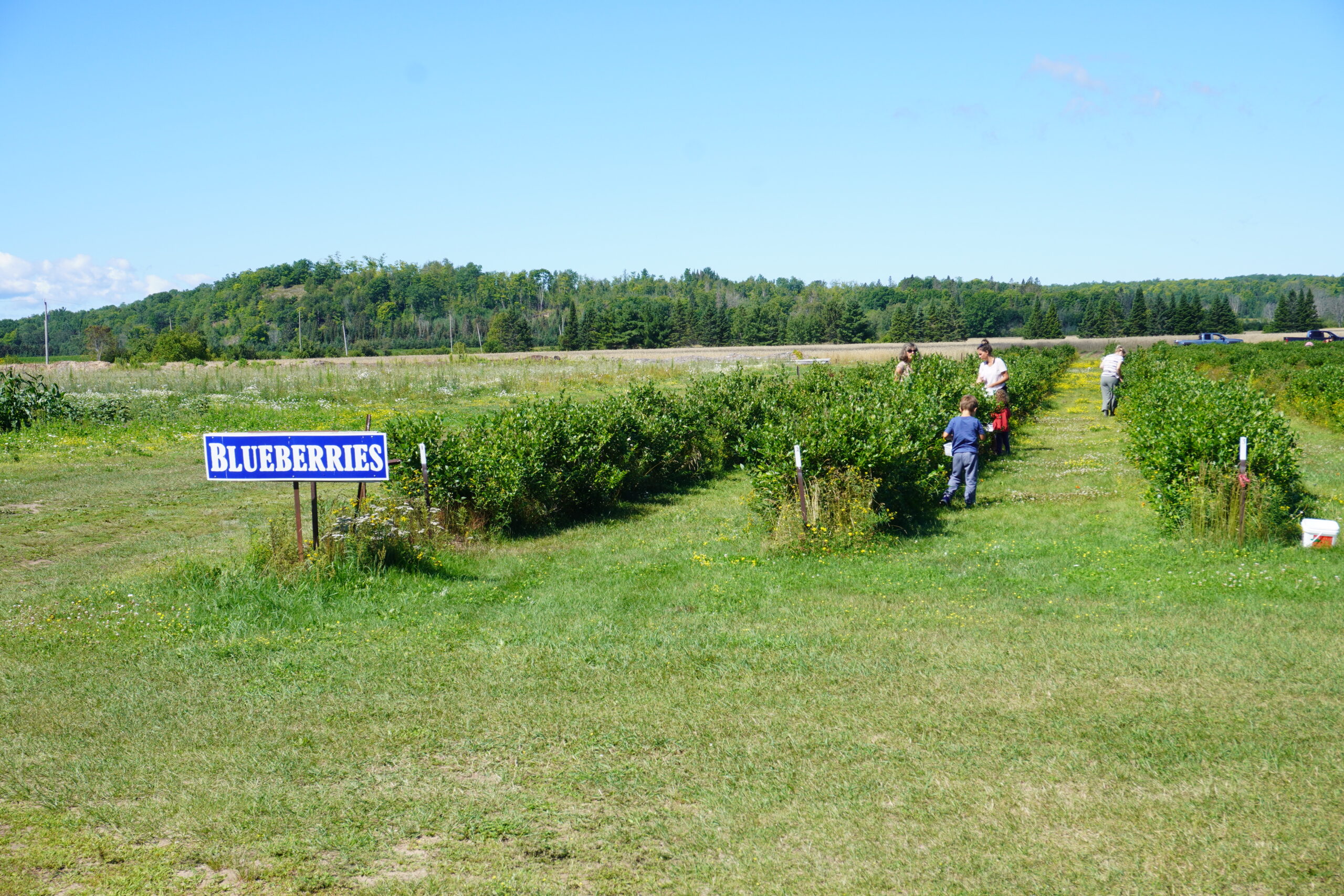In March, we conducted the Local Pulse Survey to understand community habits and interest in shopping in Algoma. This information aims to benefit Buy Algoma, Buy Local member businesses and the broader public. Before we get into our findings, we’d like to thank everyone who participated in the survey and shared it with their family and friends. We collected 925 responses from across Algoma, with one lucky winner taking home a beautiful prize pack of local products and gift certificates donated by our generous member businesses.
The good news? Almost all respondents (a whopping 98%) indicated that they put some degree of importance on buying locally sourced products, and 73% said that they would be willing to pay more for those products. When it comes to the ‘why’ around shopping locally, the top factors rated most important to respondents were product quality, and the desire to support local businesses. However, results from questions about how frequently they shop locally (either directly from a producer, at the farmers market, or from a local retailer/butcher shop) show that about half of respondents are only making these types of purchases a few times a year.

There are a few reasons that likely contribute to this, but most of these can be chalked up to a single word – convenience. For example, people do a lot of their shopping at grocery stores; since they’re available every day of the week and have a massive variety of products to choose from making them the easiest, most convenient option when it comes to buying food and personal care items. Additionally, it seems that there is still a lack of awareness about just how many different things can be sourced from local businesses. When asked what types of products they usually purchase locally, some respondents noted that they didn’t even know that some of the products listed in the survey were available locally, or that they would make more of these purchases if they knew where to go or if there was a more convenient location to get them from.
So how can we turn the tide on this trend that we’re seeing, where people certainly want to make more local purchases, but they don’t because it’s not the most convenient option?
For community members, there are a couple of options:
- Building awareness – by familiarizing ourselves more with local businesses and what types of products they offer, as well as where/how/when to get them, we can begin to adjust our shopping habits to reflect our values. One great resource for this is the Buy Algoma, Buy Local website. The ‘taste & shop’ page available on buyalgoma.ca offers a directory of Algoma farms and food businesses and offers information about their hours and location, along with links to their websites and social media pages
- Advocating for local product availability in grocery stores – although some grocery chains have a small section of local products, hearing directly from customers that we want them to make a more concerted effort to connect with and stock products from Algoma farm and food businesses is one way to push for change.
- Preserving in-season produce – when buying directly from producers or from the farmers market, fruit and veggies was rated the #1 most popular category of products for Algoma shoppers. On top of this, half of respondents noted that seasonality (whether a product is available that time of year) was an important factor influencing their shopping choices. One way to make sure those seasonal delicacies are available year-round in your kitchen is to learn the art of preserving – either through pickling, pressure-canning, or freezing. Getting comfortable with different ways of preserving your produce allows you to make bigger volume purchases when things are in season and makes it convenient to enjoy local goodness year-round. A good place to start is this recording of a canning workshop we hosted last year, facilitated by Chef Emerie Brine
On the side of farms and food businesses, there are similar steps they can take:
- Join a local marketing program – Buy Algoma, Buy Local is a great way to increase exposure of your local farm or food business to a wider audience. Being active on your business’s social media plays a big part of this too, since that content can be easily promoted through posts and stories that reach our followers. This is especially relevant for reaching younger customers, since over half of survey respondents ages 20-39 ranked social media as a key tool for determining where to make their local purchases
- Take your products to the public – a few ways to do this include participating in public events like Algoma Maker’s Markets or community festivals that have a vendor’s section, or connecting with locally owned retailers to see if they’d be interested in stocking your products
- Reaching out to grocery chains – leveraging the convenience of grocery stores can be a great way to boost awareness of your products and increase sales. It may not be a great fit for every business, but it doesn’t hurt to have these conversations to see if it’s a possibility to get your products onto grocery store shelves. A great resource to learn more about this is the Wholesale Connections webinar recording, where three Northern Ontario farmers discuss their journey to wholesale marketing in retail and institutional spaces and how they made it work for their businesses
- Take products online – While there are local online stores for farm products like Algoma Central Country Store, there are quite a few other local businesses that have online stores. Consider partnering up to drive more online sales for your business.
- Organizing special events – having more events that involve farmers’ markets and retail storefronts can drive more traffic for those who less frequently shop local. Some ideas could include festivals, workshops, or culinary events in the shoulder seasons when people don’t frequent farmers’ markets as often.
- Farm gate self-driving tours – develop an itinerary for someone who has the day to tour the countryside and shop locally. One great example of how this can be done is the Great Powassan and Area Farmstand Tour

This blog post is the first of the Local Pulse series we’ll be releasing over the next month or so that aims to take a deeper dive into the data we collected. Our goal is to pull out the key takeaways that are the most meaningful to our farmers, food businesses, and Algoma community members. We’d like to extend a special thank you to our member businesses who donated products or gift certificates towards the prize pack: Cornucopia Gourmet Popcorn, Annanda Chaga Mushrooms, Thomson Farms Cider & Winery, Hogan’s Homestead, Home Bakehouse & Café, Feeding Your Soul Café, Red Roof Honey, the Soup Witch, and St. Joseph Island Coffee Roasters.

